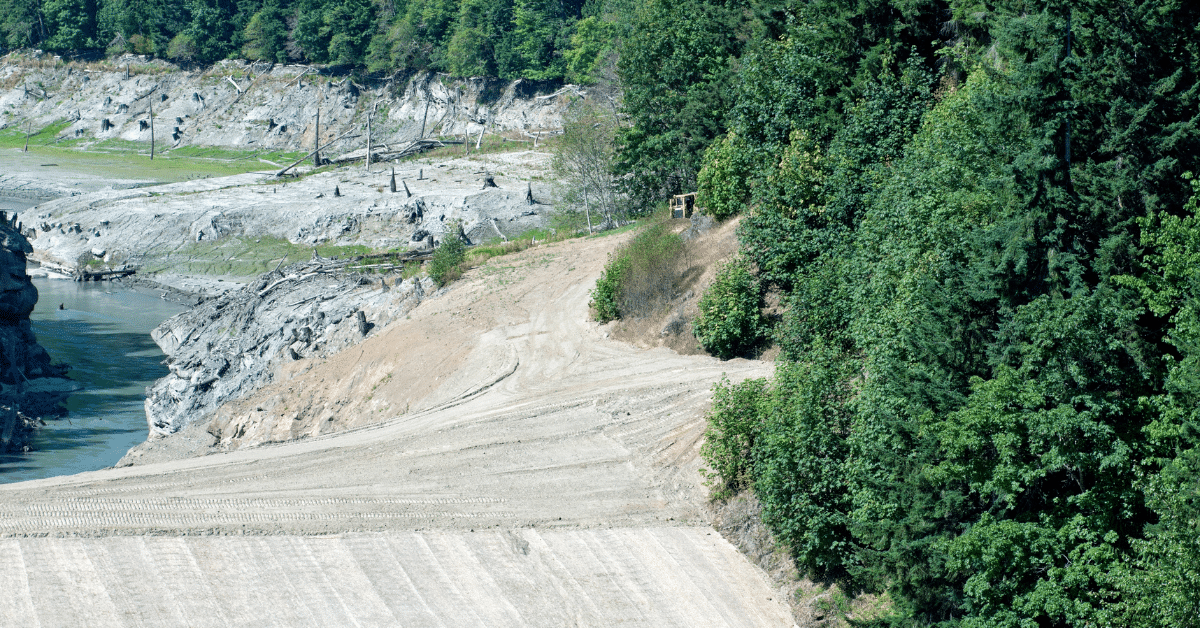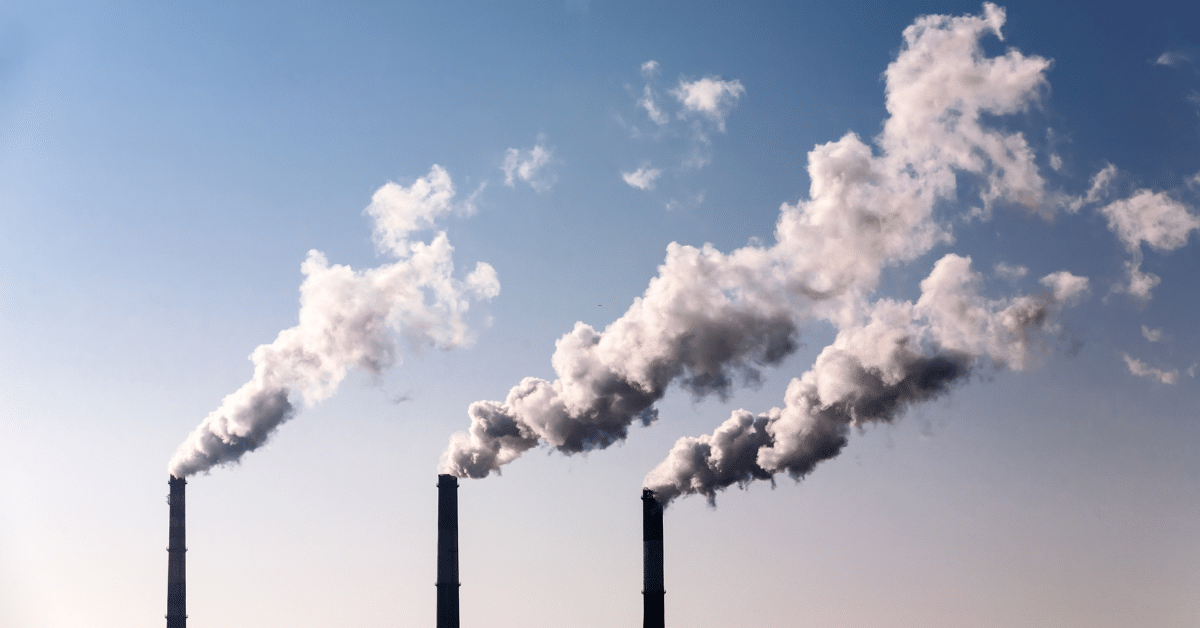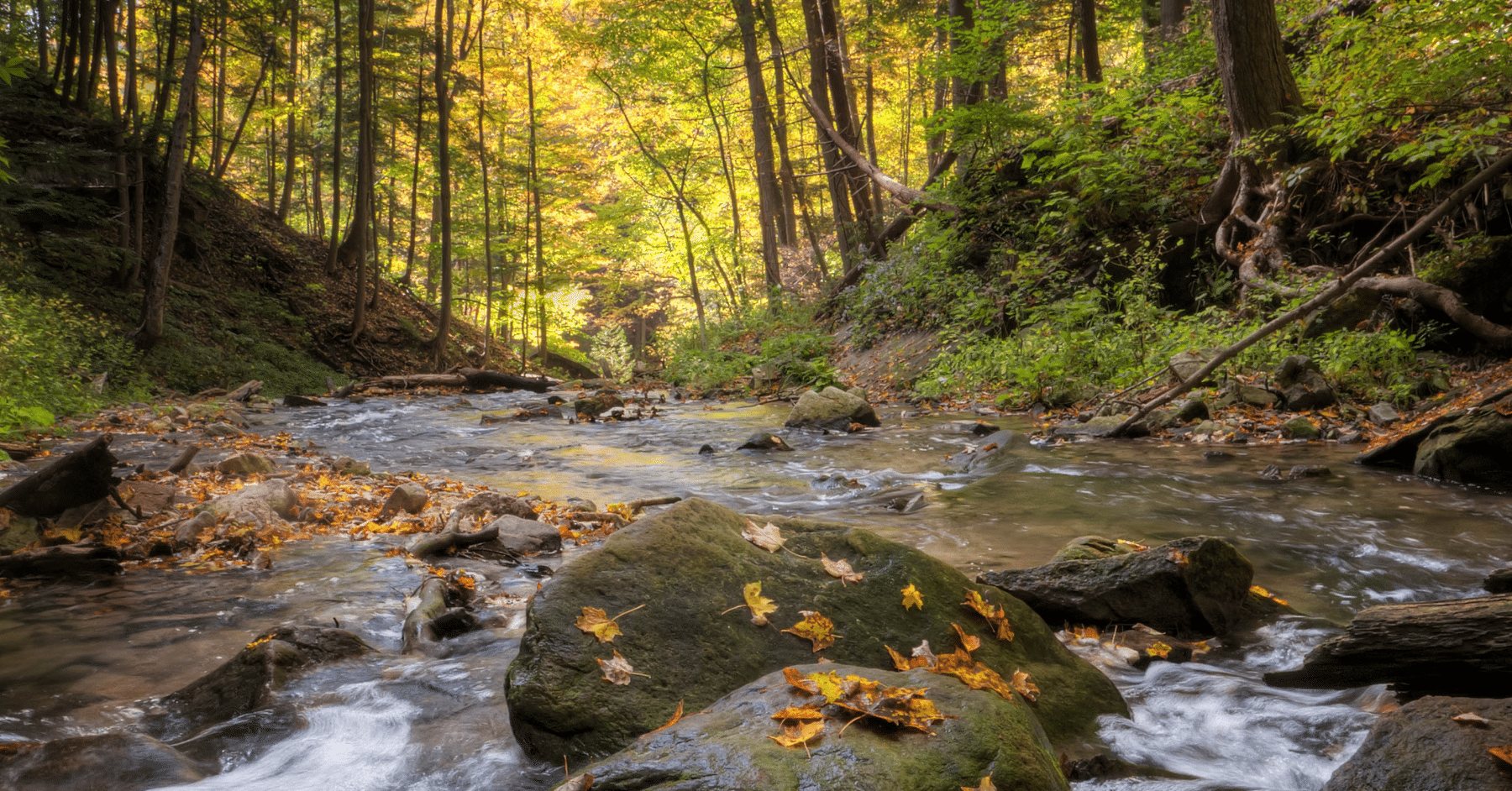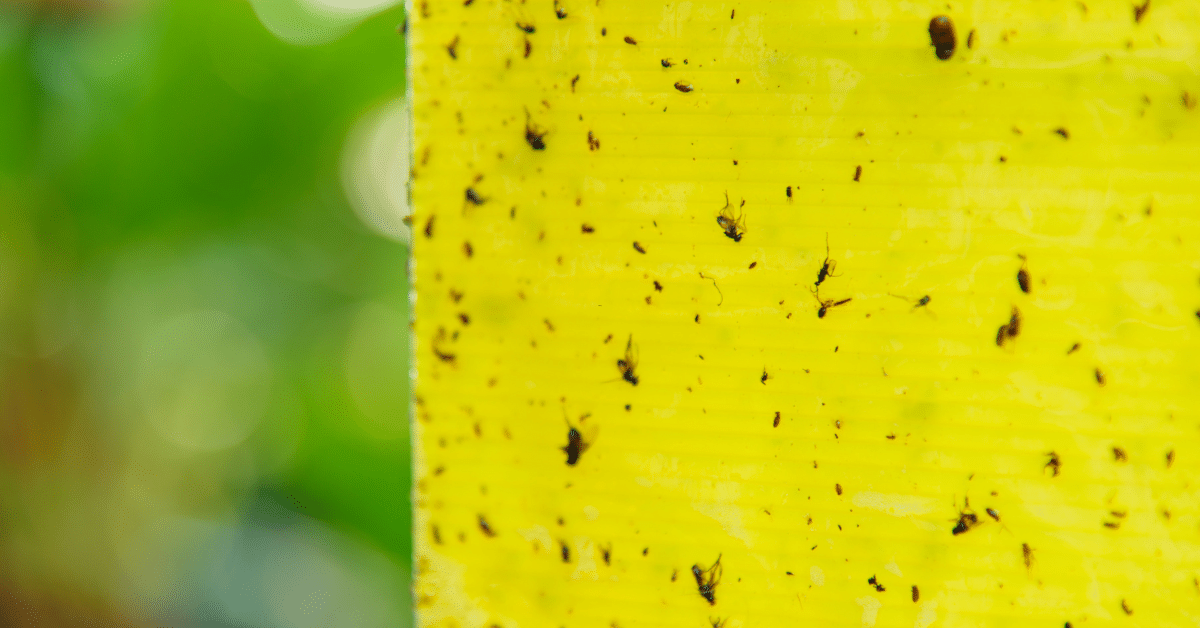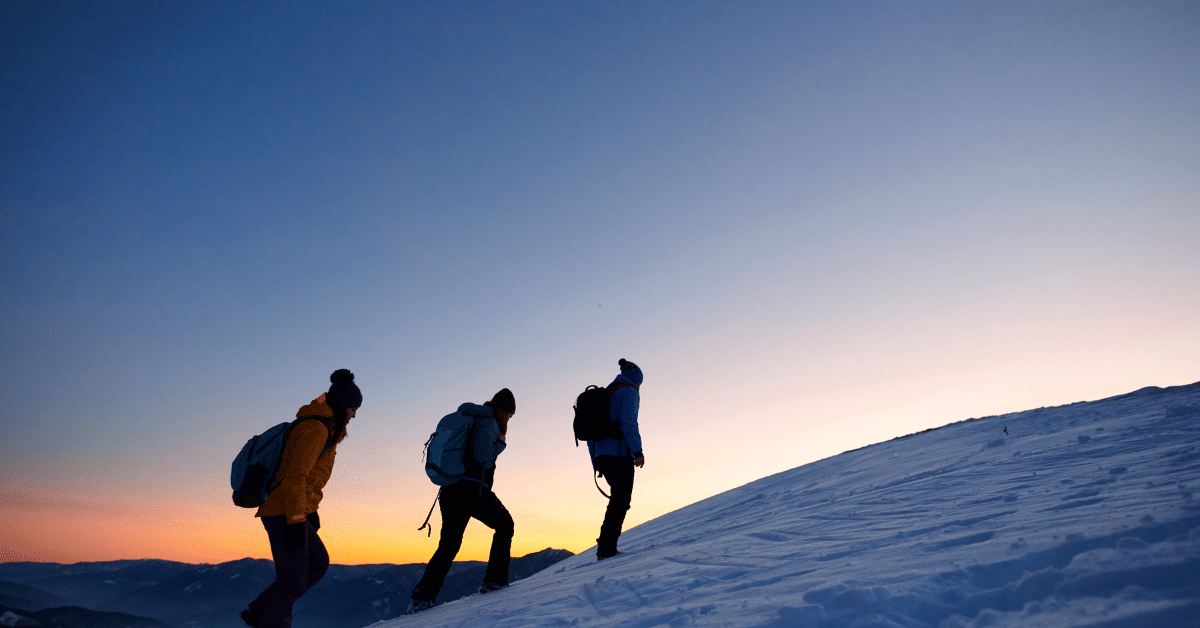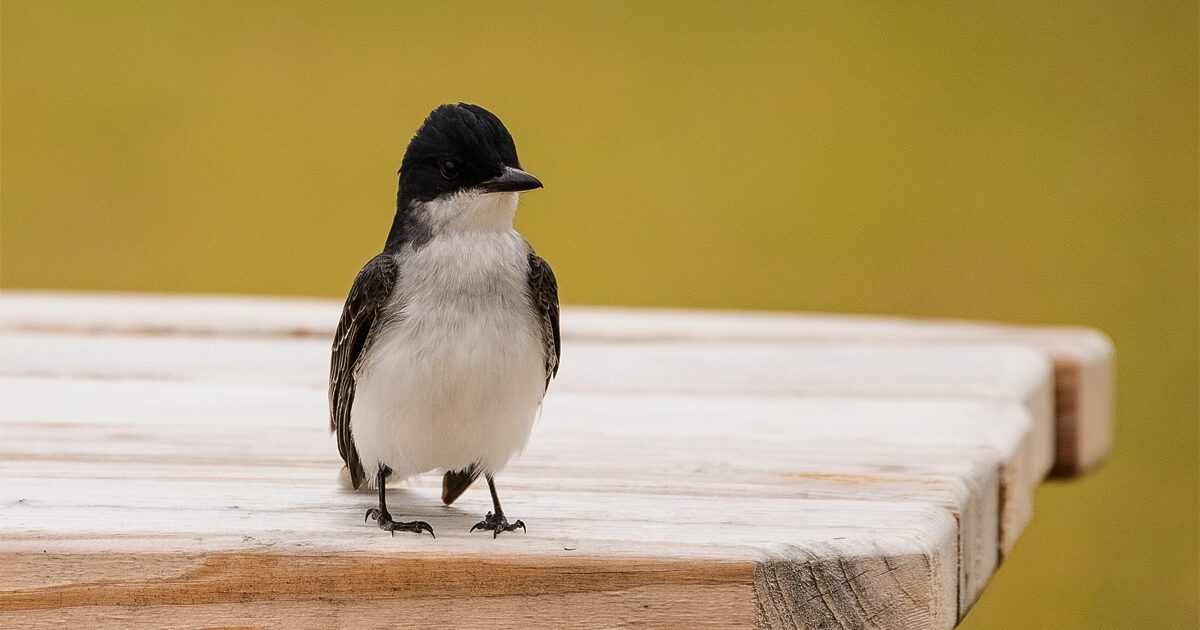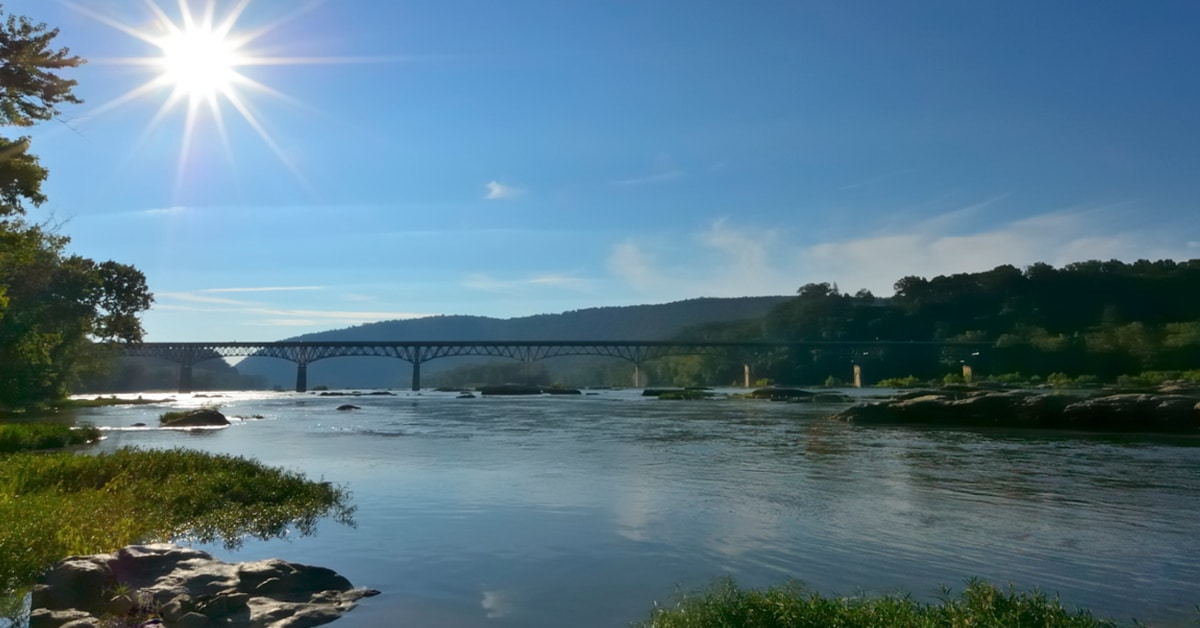
Environmental Groups Sue Over “Forever Chemicals” at Fort Belvoir
Virginia organizations fight to protect the Potomac River from PFAS contamination Wild Virginia and Potomac Riverkeeper Network filed a lawsuit this week challenging a state water pollution permit that they say fails to protect public health and wildlife from dangerous “forever chemicals” at Fort Belvoir, one of the Army’s largest installations. The Problem: PFAS Without… Read more

